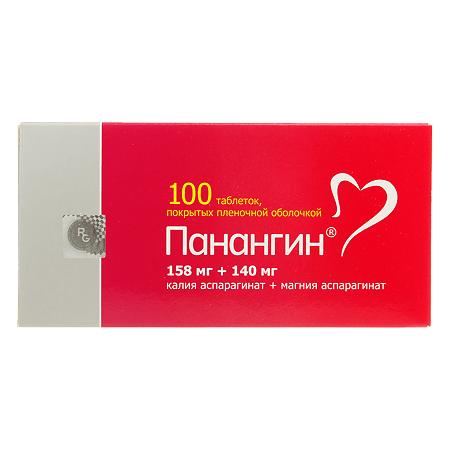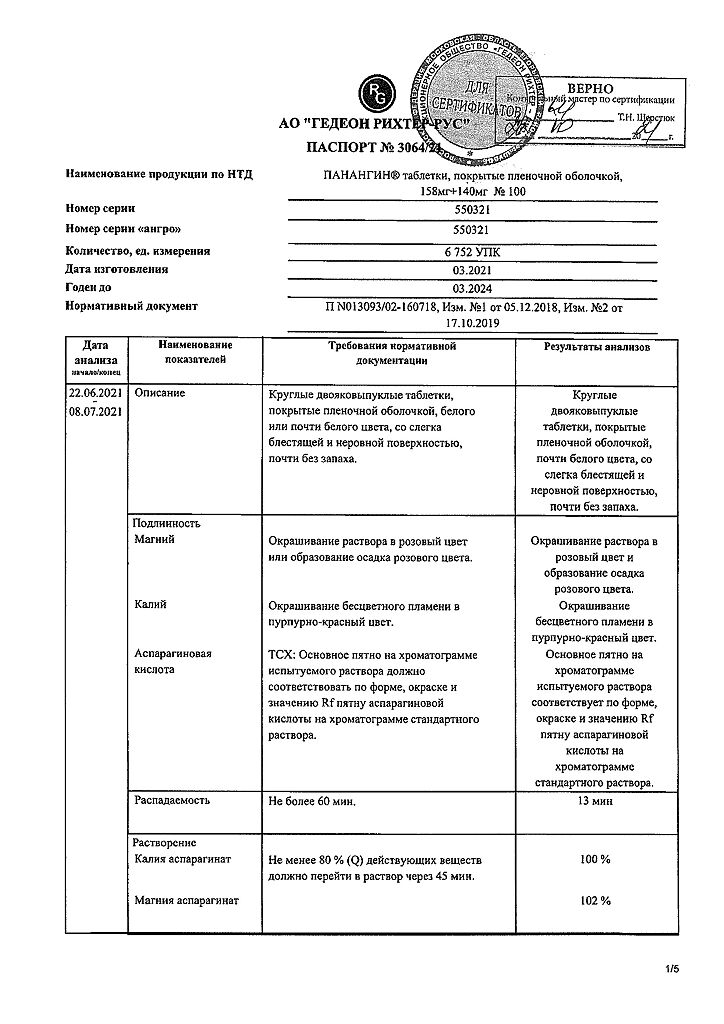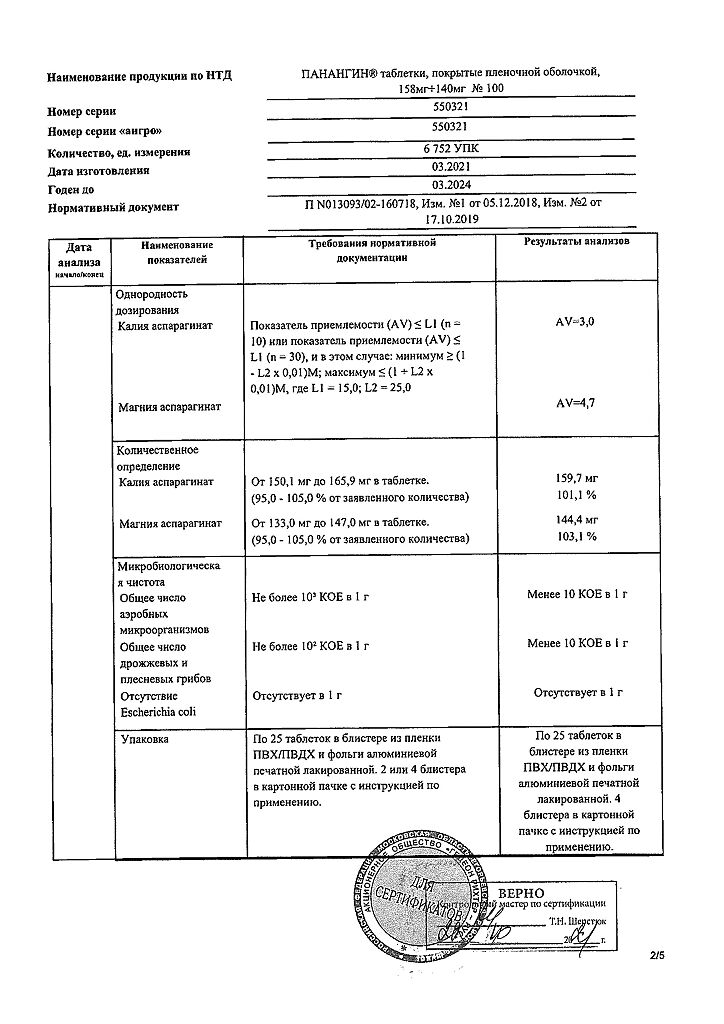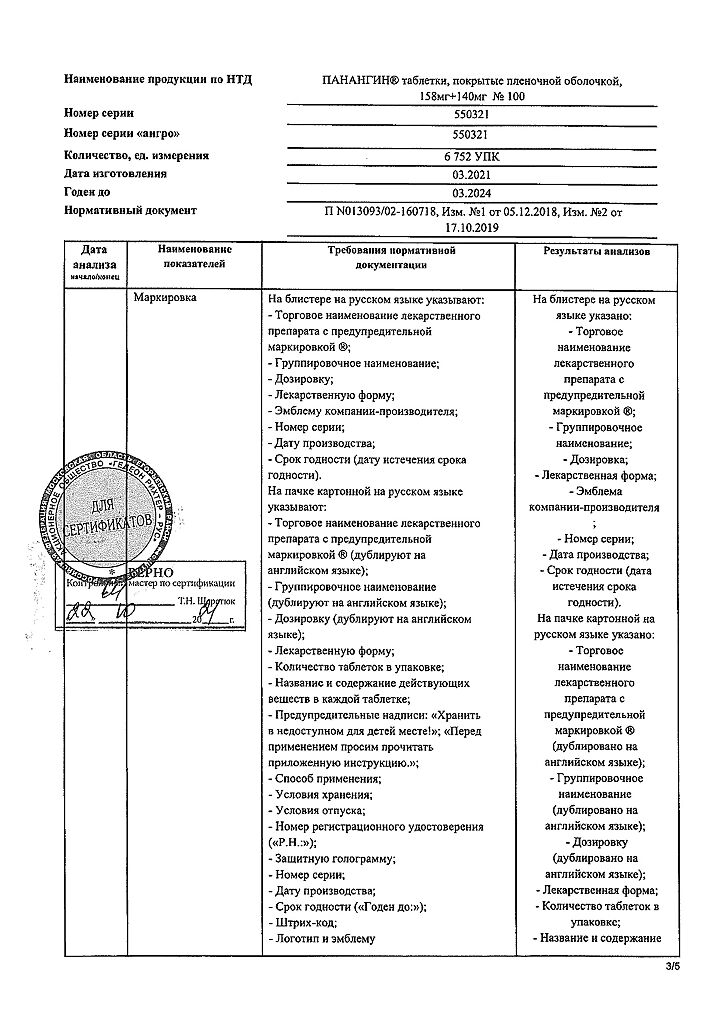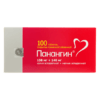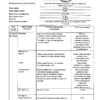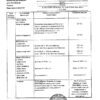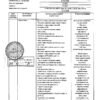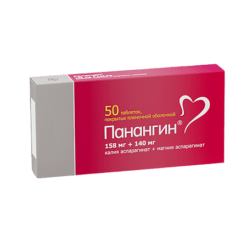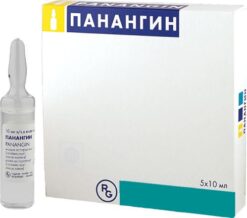No products in the cart.
Panangin, 158 mg+140 mg 100 pcs
€9.63 €8.43
Description
Pharmacotherapeutic group:potassium and magnesium drug.
ATX code: A12CX
Pharmacodynamics:Critical intracellular potassium (K+) and magnesium (Mg++) cations play key roles in the function of numerous enzymes, in the formation of bonds between macromolecules and intracellular structures, and in the mechanism of muscle contractility. The intra- and extracellular ratios of potassium, calcium, sodium, and magnesium ions influence myocardial contractility. Endogenous aspartate acts as a conductor of ions: it has a high affinity for cells; due to slight dissociation of its salts, ions in the form of complex compounds penetrate the cell. Magnesium and potassium aspartates improve myocardial metabolism. Magnesium/potassium deficiency predisposes to the development of arterial hypertension, coronary artery atherosclerosis, arrhythmias and metabolic changes in the myocardium. Taking magnesium and potassium aspartates helps to compensate for the lack of these electrolytes in food.
Pharmacokinetics:
Magnesium
The total magnesium reserve in a 70 kg person averages 24 g (1000 mmol); more than 60% of magnesium is in bone tissue and about 40% in skeletal muscle and other tissues. About 1% of the body’s total magnesium supply is in extracellular fluid, primarily serum. In healthy adults, serum magnesium content is in the range of 0.7-1.10 mmol/l.
Magnesium is absorbed from the gastrointestinal tract by active transport. The main regulator of magnesium balance in the body is the kidneys. 3-5%
of ionized magnesium is excreted by the kidneys.
Increased urine volume (for example, during therapy with loop diuretics) leads to increased excretion of ionized magnesium. If absorption of magnesium in the small intestine is reduced, subsequent hypomagnesemia results in decreased excretion (< 0.5 mmol/day).
Kalium
The total potassium reserve in a 70 kg body weight is on average 140 g (3570 mmol). The total potassium reserve is somewhat lower in women than in men and decreases slightly with age. 2% of the body’s total potassium supply is outside the cells, and the remaining 98% is inside the cells. Potassium is absorbed in the gastrointestinal tract.
Optimal intake of potassium with food is 3-4 g (75-100 mmol) per day. The main route of potassium excretion is through the kidneys (about 90% of potassium is excreted daily by the kidneys). The remaining 10% is excreted through the gastrointestinal tract. Thus, the kidneys are responsible for the long-term homeostasis of potassium, as well as for the content of potassium in the blood plasma. In the short term, blood potassium content is also regulated by the flow of potassium between the intracellular and extracellular space.
Additional information
| Shelf life | 5 years (when packed in bottles), 3 years (when packed in blisters). Do not use after the expiration date shown on the package. |
|---|---|
| Conditions of storage | At the temperature not more than 25 ° C. Keep out of reach of children. |
| Manufacturer | Gedeon Richter Rus, Russia |
| Medication form | pills |
| Brand | Gedeon Richter Rus |
Other forms…
Related products
Buy Panangin, 158 mg+140 mg 100 pcs with delivery to USA, UK, Europe and over 120 other countries.

